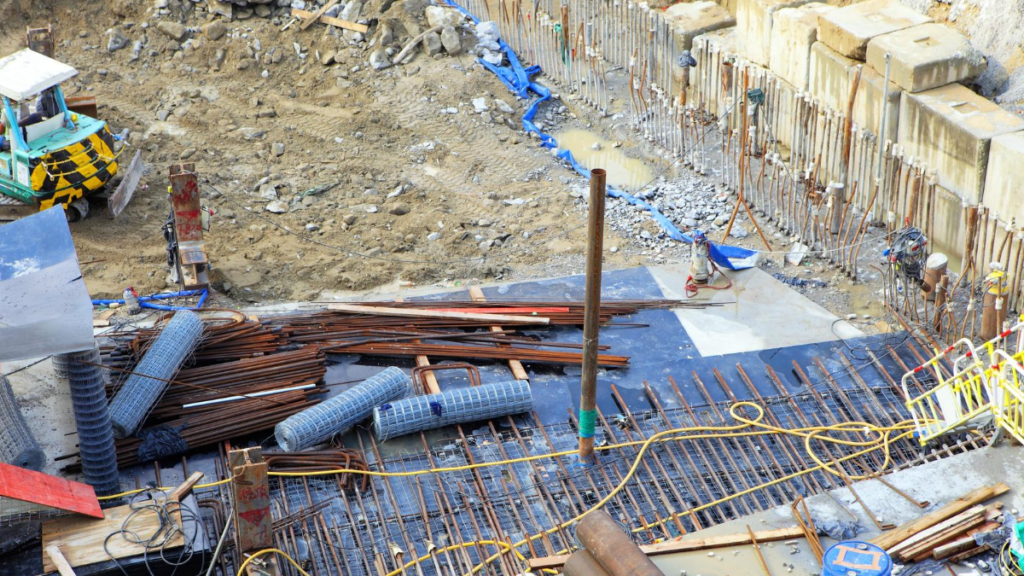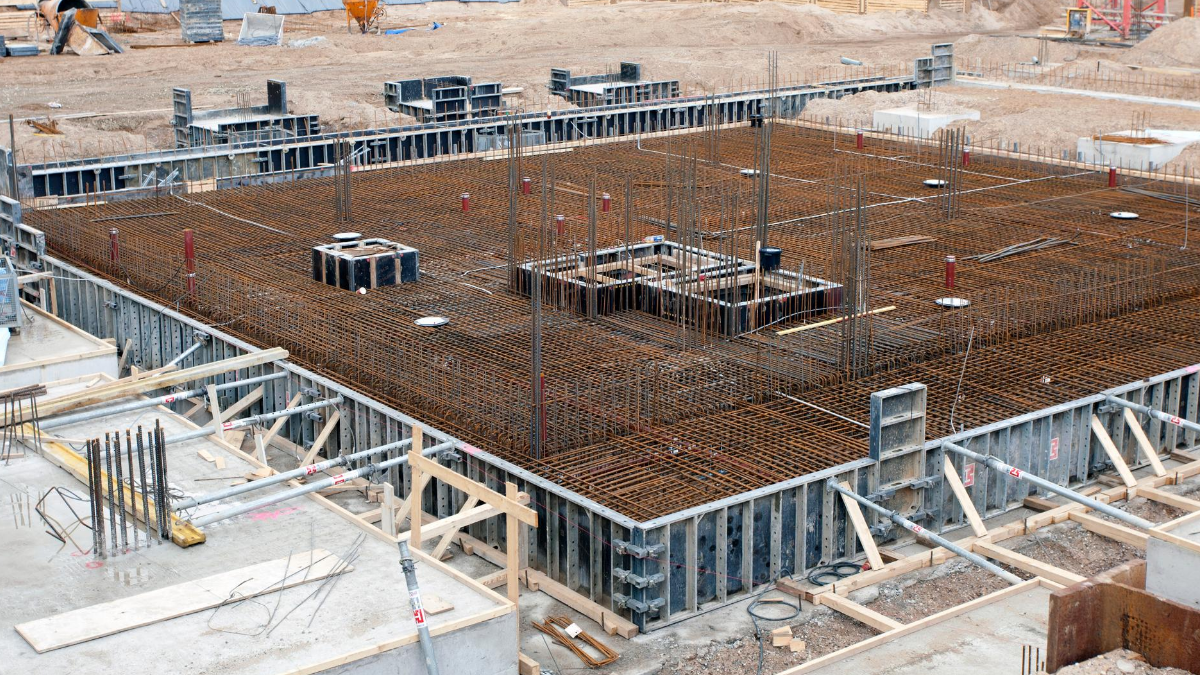Balancing rafts or floating rafts are adopted on soils with low bearing capacity. Balancing rafts or floating rafts are not vulnerable to soil settlements. These types of foundation work on the principle of balancing the total weight of the soil and water excavated for the foundation with the total load of the proposed structure. Balancing rafts are zero settlement structures and proposed for high rise towers with multiple basements. Balancing raft foundation is preferred on occasions where the soil so compressive and soft that even friction pile designs fail to absorb the loads.
ALSO READ : TYPES OF RAFT FOUNDATIONS
Principle of balancing raft or floating raft

The floating raft foundation works on the principle of balancing the weight of excavated soil and water with the total load of the structure resting over it. The weight of excavated materials is replaced by a structure of the same weight. Hence Floating rafts are called balancing raft foundations or compensated foundation. These types of foundations maintain the same vertical pressure at the founding depth before and after excavation.
Balancing raft or Floating raft – Disadvantages
Execution of a floating foundation demands massive earthwork excavation in high water table areas. An open dewatering system may not be able to control the huge quantity of water entering the excavated areas. For maintaining the water table well point dewatering systems has to be installed and run in tandem with earth work excavation. Well point systems are costly.

Excavation of floating foundations triggers soil collapse and soil scoring beneath foundations of existing structures. Sheet piles are erected to protect the building against any possible damage during excavation.
Materials required for temporary retaining walls like sandbags, PCC blocks, etc has to be organised and mobilised before starting excavation. Temporary retaining walls have to be erected and maintained in line with the excavation progress.

Heave formation can always happen while doing deep excavations because of the weight of soil on both sides of the excavation pit. Heaves formations cannot be avoided in any case but have to be controlled or else it may initiate foundation settlements. Heave formation can be minimised by further lowering the water table to a depth below the founding level of the structure. Installation of friction piles or micro piles on partially completed excavation surfaces can also control heave formation to an extent. Some times concrete bands are provided at the bottom level to control heave formation.
Conclusion
Balancing raft foundations are adopted for high rise buildings with multiple basements. Execution of these foundations requires highly skilled professionals and micro-level supervision supported by an experienced and skilled workforce. All safety precautions have to be done to protect the nearby structures from any damage. This method is costly and not feasible in small structures.

